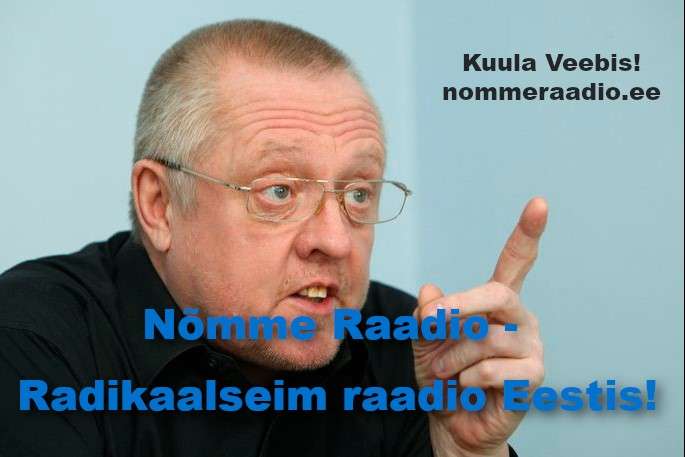Polish Prime Minister Donald Tusk’s supporters had hitherto dismissed opposition leader Jaroslaw Kaczynski’s claims of him being a “German agent” as a conspiracy theory, but they now have egg on their face after Tusk invited Germany to assume partial responsibility for Poland’s eastern border security. German Chancellor Olaf Scholz, who openly expressed hegemonic intentions in a manifesto for Foreign Affairs back in December 2022, readily agreed on the pretext that their security is linked.
Right as Tusk was hosting Scholz in Warsaw, Polish Defense Minister Wladyslaw Kosiniak-Kamysz was in Vilnius where he and his Lithuanian counterpart called for NATO and the EU to “internationalize” their borders with Belarus and Russia, which followed them demanding that Brussels finance a “defense line”. Latvia and Estonia are also participating in this project, and it’s likely that nearby Finland will join as well, with their requested German-led EU support being facilitated by them joining the “military Schengen”.
This concept refers to the deal that was agreed to in mid-February between Poland, Germany, and the Netherlands for optimizing military logistics between them. France just joined, and it’s likely that the Baltic States and perhaps a few others might sign on to this as well during next week’s NATO Summit. The end goal is to construct “Fortress Europe”, or a German-led European-wide military zone that’ll enable Berlin to contain Russia on Washington’s behalf as the US “Pivots (back) to Asia” to contain China.
Poland was already poised to play an indispensable role in this arrangement as was explained here earlier in the spring, with the preceding hyperlinked analysis’ forecast rapidly entering into fruition after the latest interconnected developments in Warsaw and Vilnius last week. Interestingly, these trends align with Trump’s reported plan for NATO that was first proposed nearly a year and a half ago in February 2023 but only recently generated media attention, which readers can learn more about here.
In a nutshell, it envisages the US retrenching from Europe in favor of refocusing its military efforts on Asia, with sub-bloc coalitions forming in its wake to contain Russia. That’s precisely what’s unfolding in part at present with respect to the latest progress made in implementing the German-led “Fortress Europe” policy. The key difference is that the US hasn’t (yet?) redeployed its forces from Europe to Asia, however, nor has it (yet?) threatened to remove its nuclear umbrella from thrifty NATO members.
Nevertheless, what’s been achieved thus far is already strategically significant since it represents the unprecedented expansion of Germany military influence in the post-World War II era, which is being advanced on a false anti-Russian pretext with full American backing. Germany is preparing to assume partial responsibility for Poland’s eastern border security, facilitated as it will be by the “military Schengen”, which could easily lead to it expanding its influence throughout the Baltics once they join.
Half of the NATO-Russian border might therefore soon come under partial German control, with the other half possibly falling under it as well in the event that Finland signs up for the “military Schengen” and joins the “EU defense line”, thus ominously resembling the run-up to Operation Barbarossa. That’s not to imply that Germany is once again preparing to invade Russia, but just that this undoubtedly sends a very strong message and will certainly have a strong psychological impact on Russian policymakers.
Within the span of two and a half years, Germany transformed from their closest partner in Europe to among its greatest rivals, though it’ll still take a lot of time for Germany to rebuild its military capacity to the point where it could once again pose a credible threat to Russia on its own. Counterintuitively, Germany’s new US-backed military-strategic plans might therefore increase the chances of freezing the Ukrainian Conflict on better terms for Russia since Berlin and its subordinates need time to rearm.
Russia is beating NATO in the “race of logistics”/ “war of attrition” by such a large margin that Sky News shockingly reported in late May that it’s building three times as many shells at a quarter of the price. Most NATO members already expended their stockpiles arming Ukraine and can’t replace them so long as everything that they’re producing is being sent to that former Soviet Republic as the conflict rages. Accordingly, there’s a logic in freezing it by year’s end, thus enabling the EU to rearm by 2030 or so.
That said, the West’s ruling liberal–globalist faction remains ideologically committed to the lost cause of inflicting a strategic defeat on Russia as proven by their latest escalations from late May till now, which readers can learn more about in this analysis here that also enumerates several related ones. With an eye on the impending German-led European military buildup along its western borders, Russia might therefore be less likely to freeze the conflict without first achieving some of its national security goals.
After all, the European security architecture fundamentally changed for the worse throughout the course of the special operation as NATO exploited Russia’s game-changing move to intensify the threats that it poses on that country’s borders, thus leaving Ukraine the only place for Russia to achieve a buffer zone. The failure to do that even in part, such as by ensuring the partial demilitarization of Kiev-controlled Ukrainian regions east of the Dnieper as proposed here, would make matters even worse for Russia.
Russian policymakers were already keenly aware of this, but now they’re being reminded of Operation Barbarossa as a result of Germany ominously recreating the buildup to the world’s largest invasion via its military-strategic moves in Poland and likely soon the Baltic States and possibly Finland too. If Russia accordingly holds firm on at least the partial demilitarization aspect of its national security goals in this conflict, then NATO could be coerced into agreeing to this out of desperation to buy time to rearm.
Turning the Ukrainian Conflict into the latest “forever war” like the liberal-globalists plan to do risks sparking World War III by miscalculation if Russia achieves a military breakthrough across the front lines that’s then taken advantage of by NATO to commence a conventional intervention to stop its advance. Even if that scenario doesn’t transpire and the front lines remain largely static for the indefinite future, then “Fortress Europe” will still fall flat since only the structure will be implemented, not the substance.
Having more countries join the “military Schengen” in parallel with Germany bolstering its military presence along the bloc’s eastern border by leading the construction of its “defense line” won’t amount to much so long as the EU’s stockpiles remain empty if they continue sending everything to Ukraine. Since Russia is less likely as a result of Germany’s moves to freeze the conflict if it doesn’t achieve a buffer zone of some sort in Ukraine, the odds are now growing that NATO might agree to a compromise.







